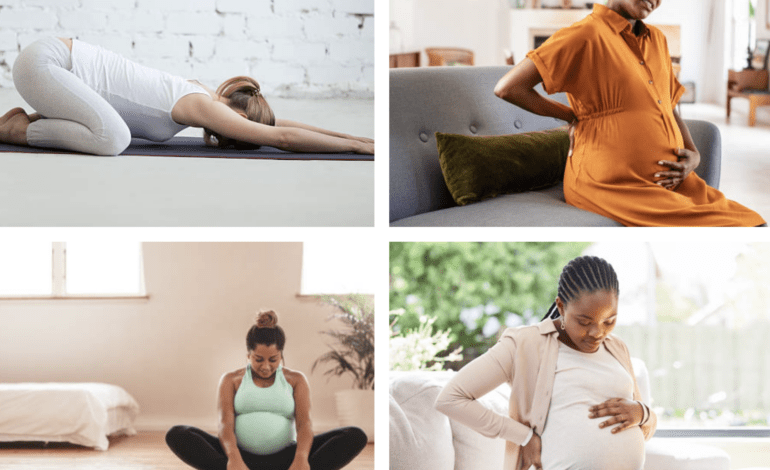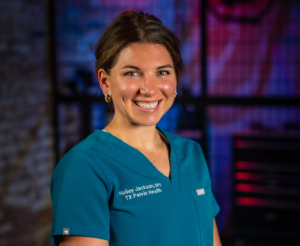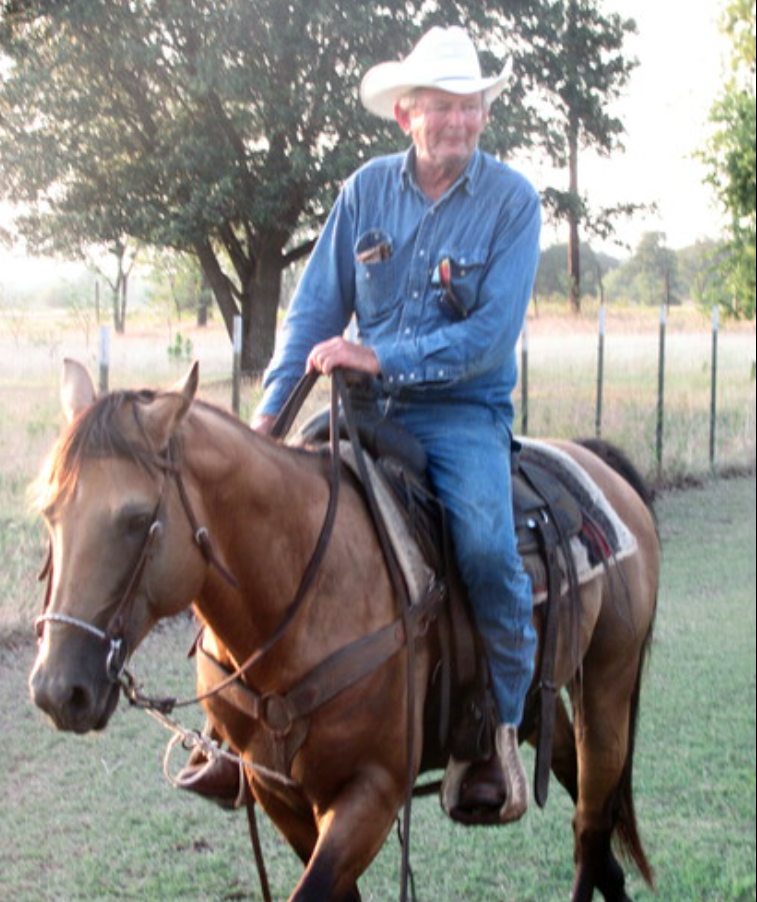Postpartum Posture – 3 things you can address NOW for longterm benefit! by Dr. Hailey Jackson

Our bodies are incredibly smart, and during pregnancy they adapt and adjust in many ways to allow for a growing fetus. Some of these pregnancy posture changes include a widened rib angle, flattened diaphragm, abdominal organs that move to allow for a growing fetus, and a number of adjustments are made in the neuromuscular and musculoskeletal issues in and around the pelvis. These changes have to occur to allow for a fetus to grow safely, however, our bodies don’t automatically go back to their previous state without intervention. Without intervention or correction, our bodies will compensate and while symptoms may not present immediately postpartum this can lead to symptoms in later chapters of life, such as the perimenopausal and postmenopausal periods.
So, here are three things that you can do starting today if you are in the postpartum period to begin correcting your posture with postpartum specific concerns.
Stack your ribs over your pelvis— as previously stated the rib angle widens during pregnancy to allow the abdominal organs to move up so the uterus can expand to allow for a growing fetus. Because the rib angle widens, the diaphragm is flattened. Left unaddressed postpartum, this leads to a rib flair which alters breathing mechanics.
Action: stack your ribs directly over your pelvis and lengthen your exhale to begin working the abdominal muscles that act to pull your ribs down.
Be aware of hip rotation and foot position — because the center of mass is changed so much during pregnancy from baseline, your body has to compensate and usually does so by widening the base of support for balance purposes. Again, our bodies are smart, and this is the body’s way of protecting from a fall or loss of balance. However, if left unaddressed postpartum our hips remain in the wide and externally rotated position. Because one of the pelvic floor muscles (Obturator Internus) acts as an external rotator, this muscle can become taught/tightened with standing in this position for long periods of time, and cand lead to pelvic floor symptoms, such as urinary incontinence, urgency, and frequency, as well as pain with intercourse.
Action: be aware of how you’re standing, specifically your feet. Try to avoid having your toes pointed out all the time, but rather your feet parallel to each other when standing.
Pelvic tilt— again due to a growing fetus and the center of mass changing so much, the pelvis begins to tilt forward to allow for a growing fetus. If left unaddressed postpartum, it can lead to core weakness and low back pain.
Action: imagine your pelvis as a bowl, and instead of the bowl tipping forward, try to pull the bowl back a bit until it’s directly under your ribs. You should feel your abdominal muscles engage with this as well.
To summarize, posture changes during pregnancy are necessary however, if left unaddressed during the postpartum period these postpartum posture changes can lead to symptoms long term, such as urinary incontinence or urinary urgency, pain with intercourse, and low back pain to name a few.
For 1-on-1, individualized postpartum rehab, call 903-962-2600 or email hello@txpelvichealth.com to schedule. Follow @thepowerfulpelvis on instagram for more postpartum and pelvic health information.
 Instagram: https://www.instagram.com/thepowerfulpelvis/
Instagram: https://www.instagram.com/thepowerfulpelvis/Facebook: https://www.facebook.com/thepowerfulpelvis
Booking: https://app.pteverywhere.com/texaspelvichealth/bookingonlinePtE/category=6467dbd0d672a8cd153492c3














